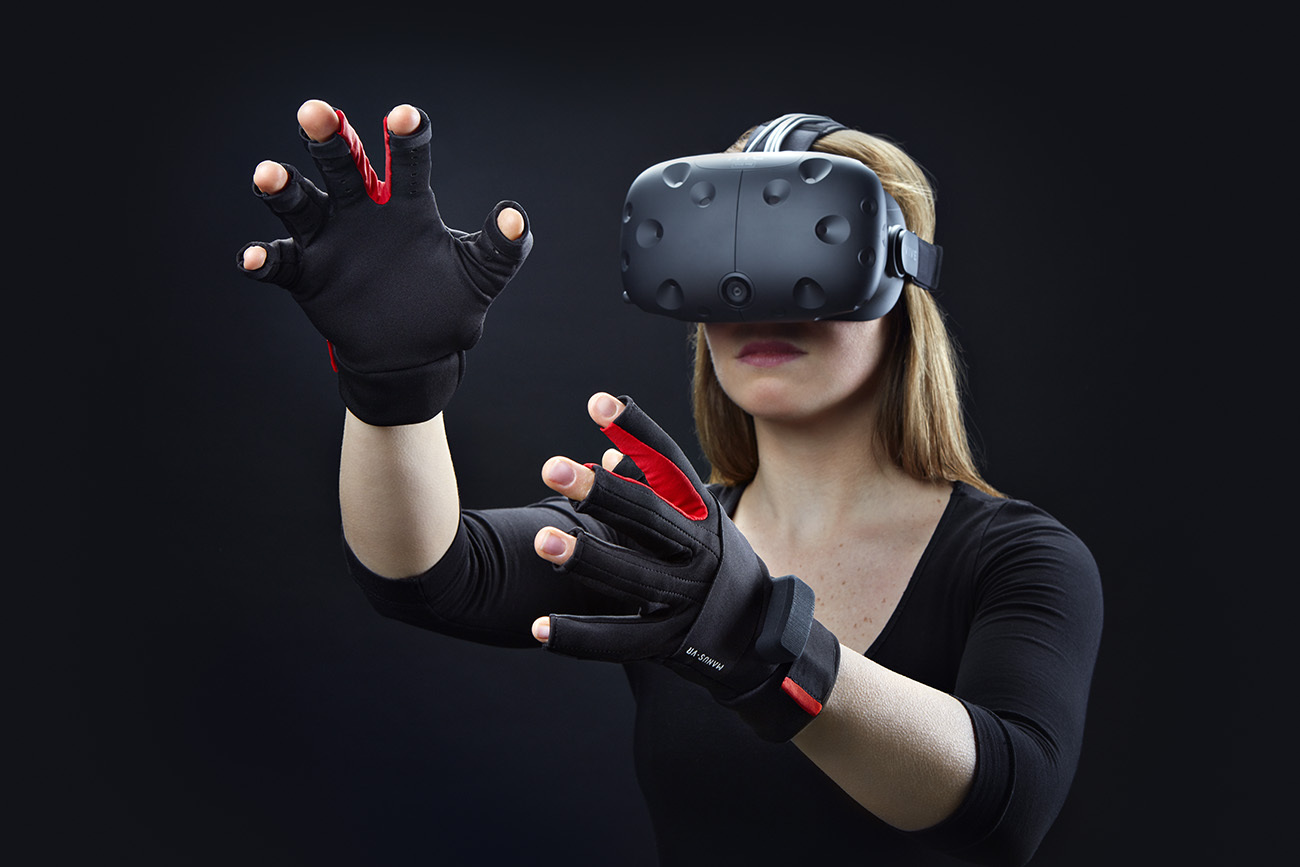NASA Embraces “Mixed Reality,” Manus VR Gloves Used For ISS Astronaut Training
Manus VR revealed a partnership with NASA that has astronauts leveraging the potential of virtual reality to train for trips to the International Space Station (ISS). The space agency developed a “mixed reality” training room that features an HTC Vive HMD, Manus VR gloves, and physical props that match up with a virtual representation of the ISS.
NASA created a highly detailed model of the inside of the ISS with Unreal Engine 4, which takes advantage of Nvidia’s PhysX technology to simulate the zero gravity environment accurately. The astronauts wear a Vive HMD to experience the simulation and use the Manus VR gloves to interact with digital objects in zero gravity. The Manus VR gloves give astronauts fine motor control within the simulation, which provides a more realistic training experience.
To enhance the training even further, NASA added physical objects to the VR training room that closely match the virtual environment. NASA provided a video of the experience that demonstrates an astronaut reaching out for a hand railing on the wall in the VR environment while grabbing onto a hand rail bolted to the wall in the training room.
NASA and Manus VR are calling their training configuration “mixed reality,” but that term has already been used to describe multiple different things within the realm of virtual reality and augmented reality. There’s mixed reality gaming, which is when you use a green screen to inject yourself into a recording of a VR game; Magic Leap uses the term Mixed Reality Lightfield to describe its technology, and Microsoft’s Hololens is also considered mixed reality. Perhaps NASA would be better off adopting The Void’s term for physically augmented spaces—4D.
Manus VR said that NASA started working with an engineering sample of the Manus VR gloves for this project, and the space agency is looking forward to the upcoming Manus VR developer kit to improve the experience.
Get Tom's Hardware's best news and in-depth reviews, straight to your inbox.
Kevin Carbotte is a contributing writer for Tom's Hardware who primarily covers VR and AR hardware. He has been writing for us for more than four years.
-
mheyman NASA's definition of "mixed reality" here does not conflict with that of Microsoft's or Magic Leap's. They both mix reality with virtual reality. The Vive just occludes reality completely where Microsoft and Magic Leap do a harder thing by letting you see some of reality. I've put virtual displays on walls with a HoloLens that look quite similar to that in the video and was able to interact with a lamp in front of the virtual displays similar to the video where the person interacts with the bar.Reply
The HoloLens does the hard part of mapping reality. With the Vive, somebody had to put the parts of reality they wanted mapped into virtual reality.

